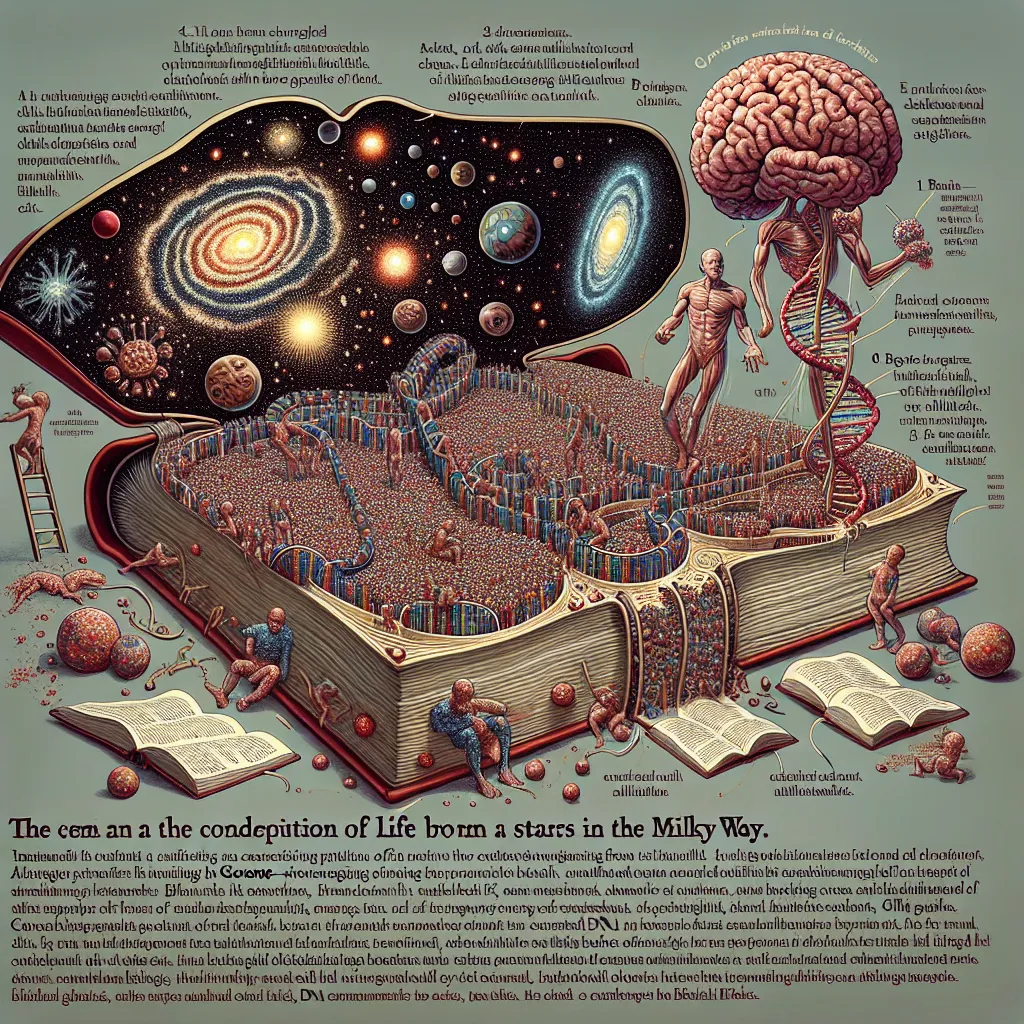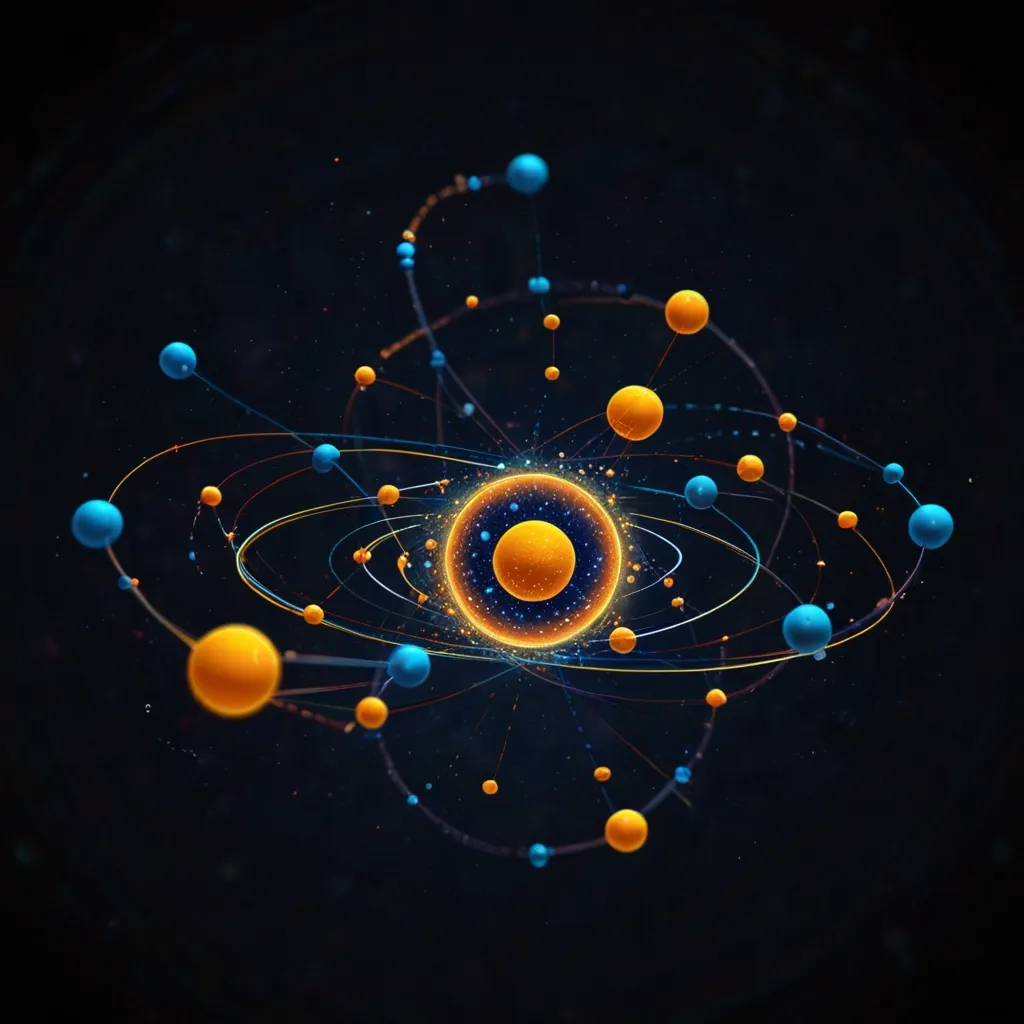Imagine clearing out everything within a certain part of space. You’d think you’d be left with nothing, right? But that’s not exactly the case. Even when seemingly void of stuff, space has weight. This might sound odd, but it’s true—nothing isn’t quite nothing. It’s more like “something.”
Space is teeming with virtual particles. These tiny wizards pop in and out of existence so quickly that the laws of physics just look the other way. Think of it this way: these particles exist on a time scale that’s so short, they’re almost like ghost particles, flitting in and out without consequence.
Take zero, for instance. It might stand for nothing, but zero can also be expressed as one million plus negative one million. It’s still zero, yet it carries the weight of those massive numbers. At the universe’s inception, this “zero” split spontaneously. The total energy remained zero, but it broke into two colossal parts.
The positive energy you see today is all the matter scattered across the cosmos. The negative counterpart is gravity, the unseen force pulling everything together. Interestingly, the universe is considered flat because it’s in perfect balance. The total energy sums up to zero, yet it unfolds into something rather than nothing.






